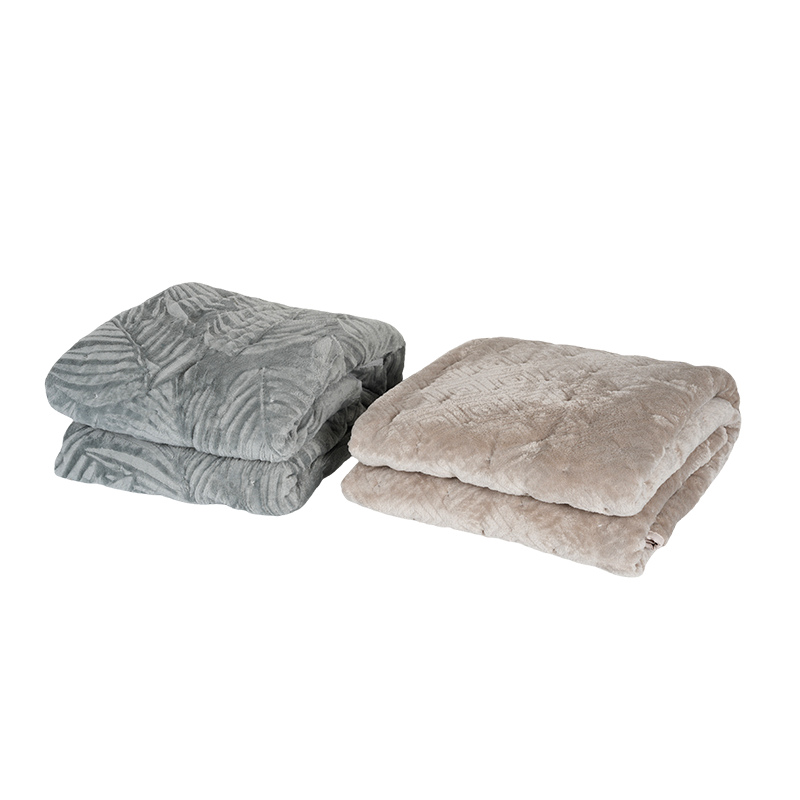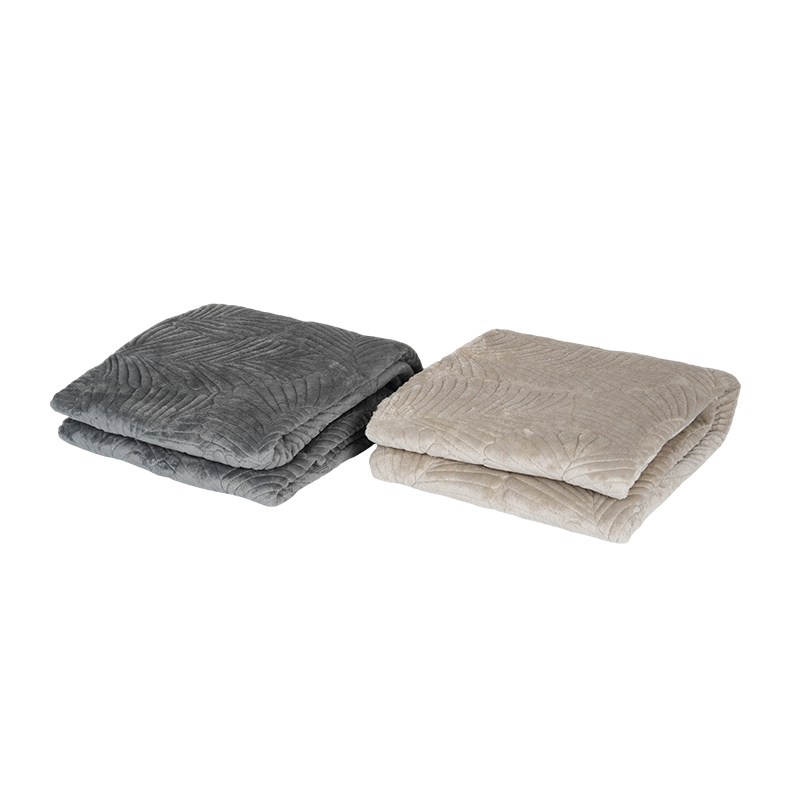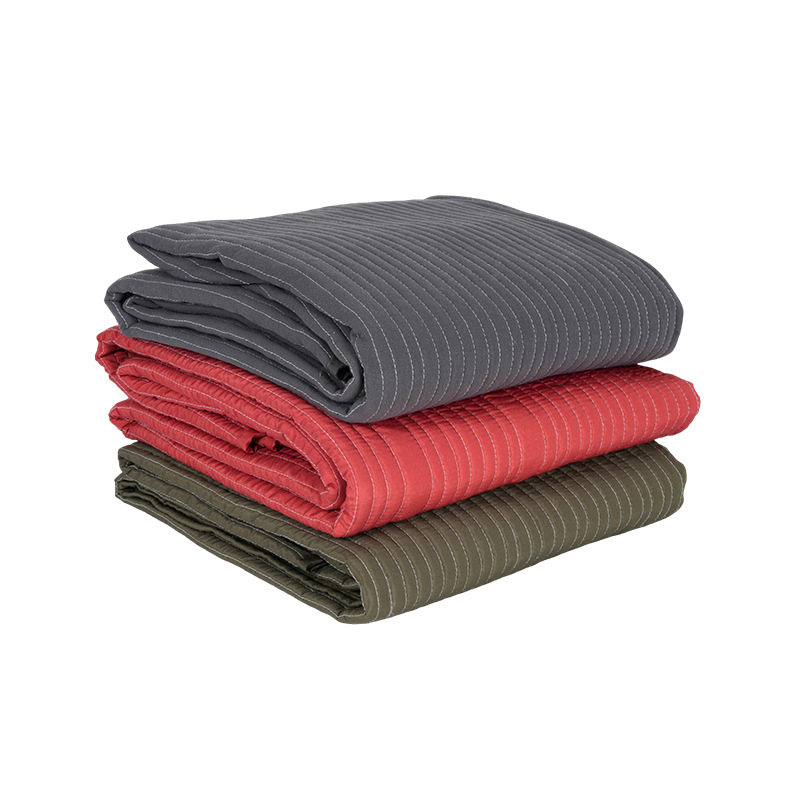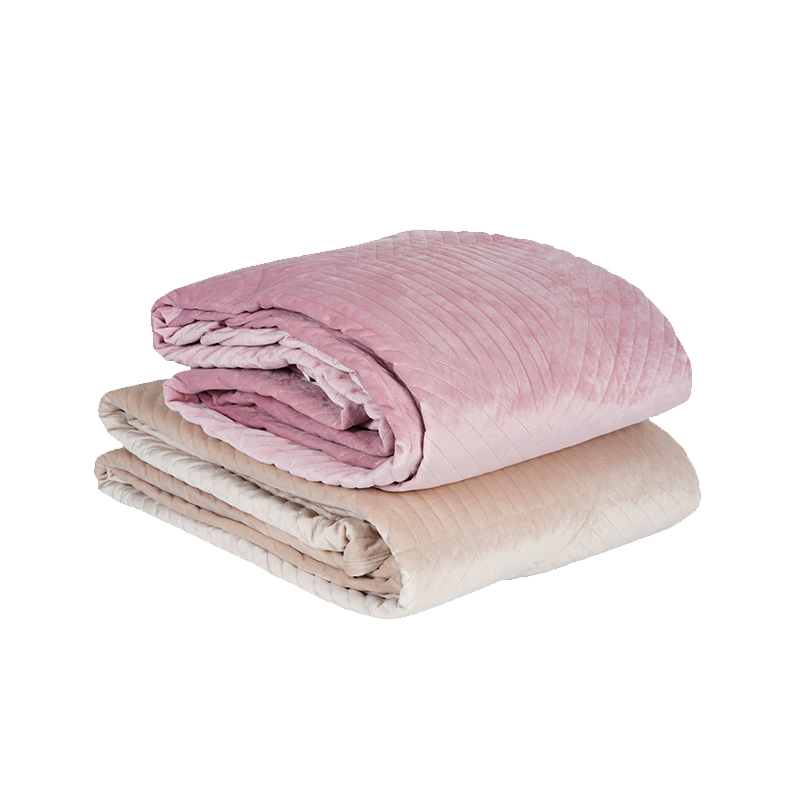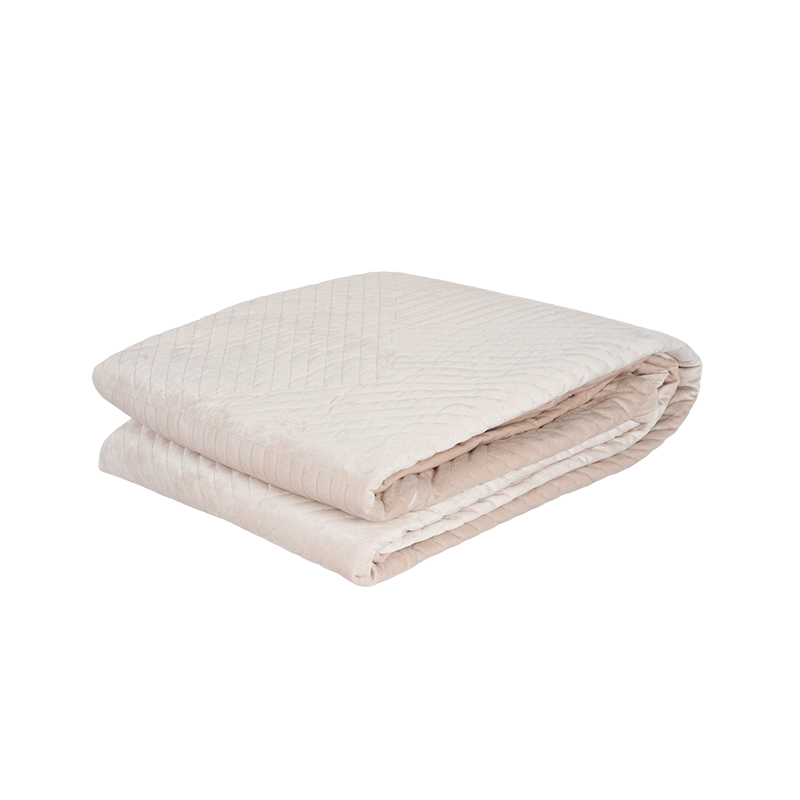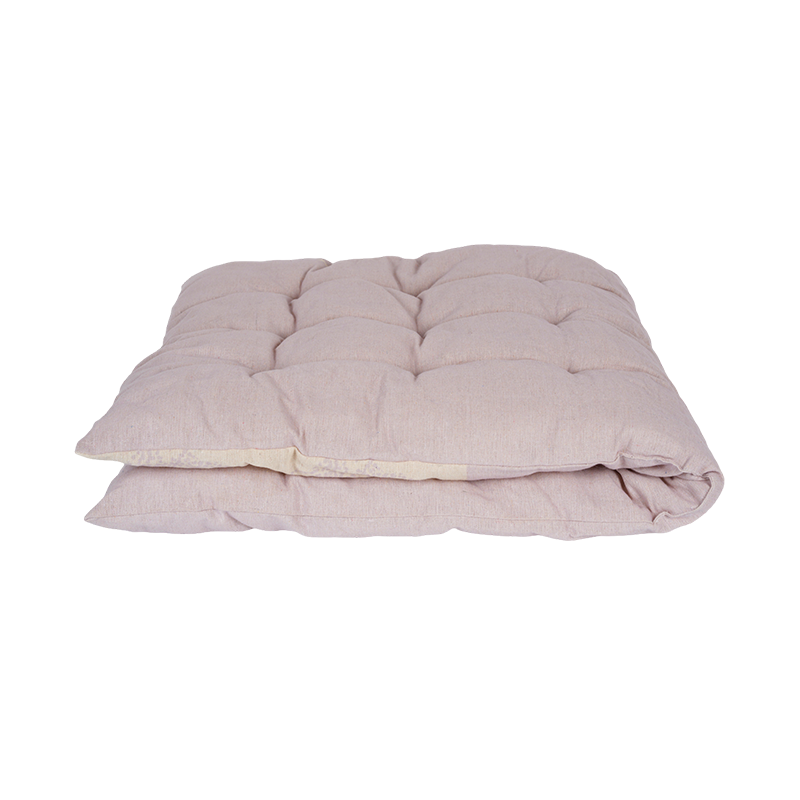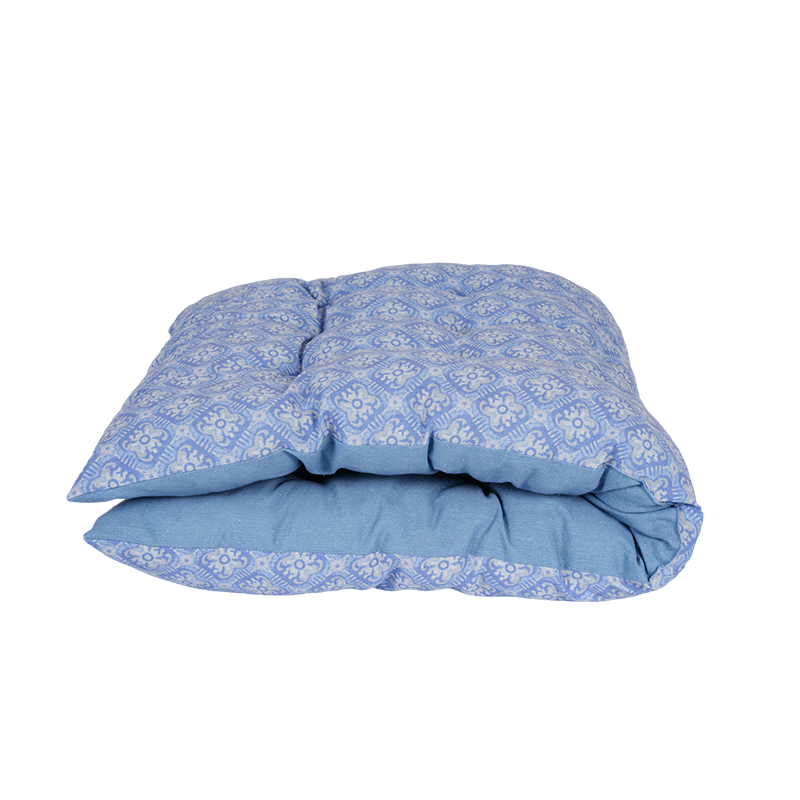- Type:
- Industry News
- Date
- 2025-Jun-09
How to Choose a Breathable Colorful Artistic-Striped Softly Warm Quilt
Selecting the right bedding can have a meaningful impact on sleep quality, personal comfort, and bedroom aesthetics. Among the many available options, the Breathable Colorful Artistic-Striped Softly Warm Quilt stands out as a blend of practicality and visual appeal. With its unique combination of breathability, colorful patterns, artistic stripes, and soft warmth, this quilt caters to a wide range of preferences and environments. However, to make the more of this style, understanding how to choose the right Breathable Colorful Artistic-Striped Softly Warm Quilt is essential.
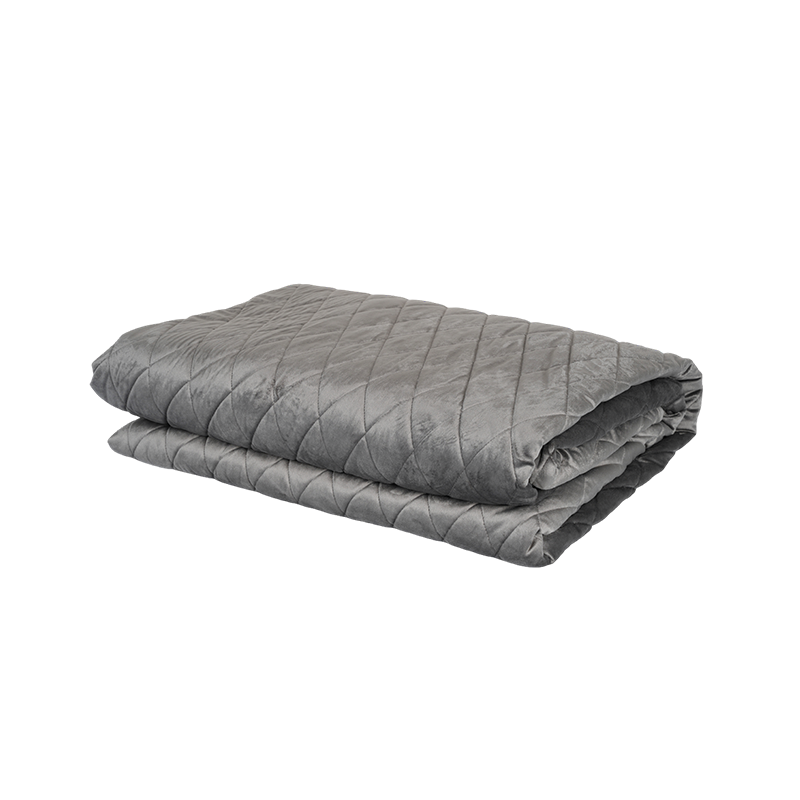
When choosing a Breathable Colorful Artistic-Striped Softly Warm Quilt, breathability should be more than just a buzzword—it's a practical necessity, especially for individuals who prefer a consistently regulated temperature during sleep. A breathable quilt allows air to circulate, helping to minimize overheating and perspiration throughout the night.
To ensure your Breathable Colorful Artistic-Striped Softly Warm Quilt lives up to its promise, examine the fabric composition. Cotton is a preferred option for its natural breathability and softness. Other alternatives include bamboo blends or linen-infused fibers. The weaving method also contributes: looser weaves often support better airflow, making the quilt more comfortable across seasons.
Choosing a Breathable Colorful Artistic-Striped Softly Warm Quilt with good airflow ensures that it remains pleasant during both warm and mild nights, improving your overall restfulness.
The "softly warm" component of the Breathable Colorful Artistic-Striped Softly Warm Quilt is just as critical. While warmth is important, it shouldn't come at the expense of weight or comfort. A good balance is achieved through the right filling—commonly microfiber, down-alternative, or cotton batting.
When assessing softness, consider both the outer shell and the internal padding. A quilt with a brushed cotton or high-thread-count cover can enhance tactile comfort. Microfiber and polycotton blends are also popular for their durability and smooth feel. The internal structure should offer warmth without feeling heavy or confining.
The ideal Breathable Colorful Artistic-Striped Softly Warm Quilt should deliver cozy warmth while maintaining lightness, giving users the sensation of being enveloped, not smothered.
The colorful artistic stripes of the Breathable Colorful Artistic-Striped Softly Warm Quilt do more than simply decorate—they create mood and visual identity within a bedroom space. Choosing the right pattern and color scheme involves more than personal taste; it should complement your interior style and existing color palette.
For a vibrant room, a bold Breathable Colorful Artistic-Striped Softly Warm Quilt can add energy and focal interest. In a more minimalist space, you might prefer muted stripes that introduce color without overwhelming. Stripe direction also matters: vertical stripes can create the illusion of height, while horizontal stripes add a sense of relaxation and expansion.
It's important to ensure that the colorful design of your Breathable Colorful Artistic-Striped Softly Warm Quilt aligns with the surrounding environment, helping to reinforce a cohesive aesthetic.
The practical side of choosing a Breathable Colorful Artistic-Striped Softly Warm Quilt lies in its dimensions. Measure your bed accurately, including any mattress toppers or pads that add thickness. A quilt that is too small may not provide adequate coverage, while an overly large one may overwhelm the room or drag on the floor.
Quilts typically come in standard sizes (twin, full, queen, king), but variations exist, so comparing dimensions is essential. The Breathable Colorful Artistic-Striped Softly Warm Quilt should drape comfortably over the bed's sides without excessive bulk.
Look for reinforced stitching, especially around the edges, to maintain structure and prevent early wear.


 English
English
 English
English Español
Español